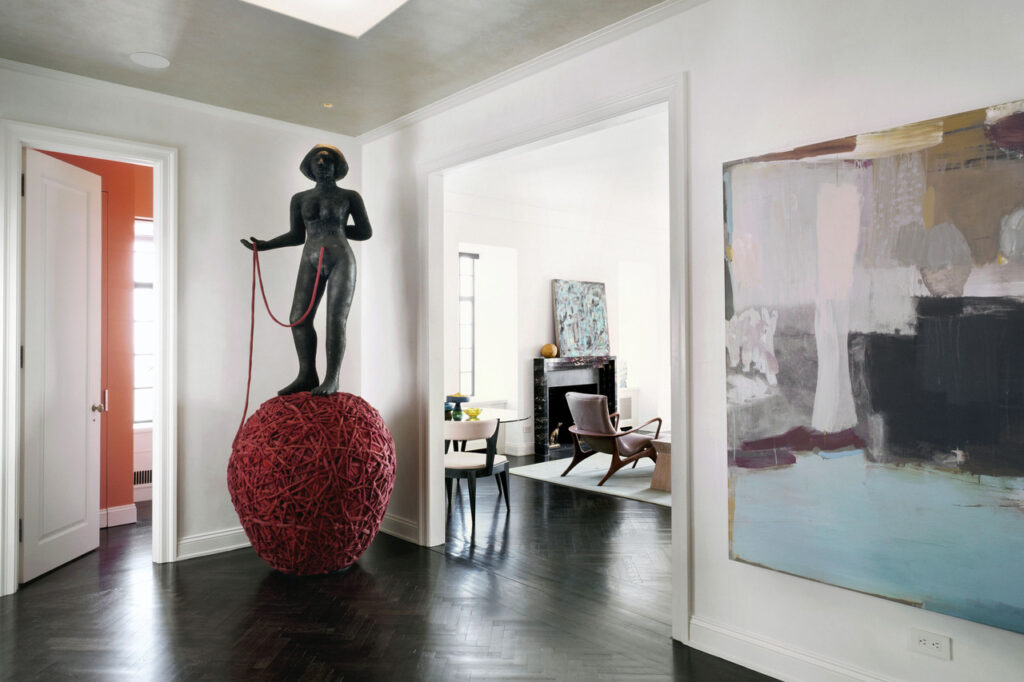Art & Real Estate
When Art Meets Real Estate

In real estate, art is no longer an afterthought. New real estate projects must go above and beyond to stand out amid near-constant residential development in some of America’s most populous cities. A well-known method? They are aligning themselves with art. Developers are commissioning site-specific works by notable artists, sponsoring on-site art programming, and, in some cases, even hiring staff specialists and curators to care for their extensive collections.
It is now an important part of the design process. Adding art to spaces is becoming more common as luxury residential buildings use it to differentiate themselves in a crowded real estate market. This art can emerge as early as the construction phase, with an eye-catching wrap, or it can be built into the structure, as in Anish Kapoor’s 3D sculpture that appears to support the mezzanine of 56 Leonard. It can even be functional by incorporating dioramas reminiscent of the Museum of Natural History when designing playrooms.
The Symbiosis Between Real Estate and Art.
Art improves the residential experience in a variety of ways. Real estate, like art, is highly experiential. People are influenced by good design in various ways, both emotionally and physically, by reacting to it. When you look at art, you have an emotional reaction to it. If you can combine the two, they can have an interesting interplay. It must tell a story. It is critical that real estate and artworks in tandem tell a truly compelling story. This works well in most situations. It is exponentially beneficial to tie the art experience to a project or event.
Importance of Art In Real Estate
It’s no coincidence that people who live in beautiful homes want to surround themselves with beautiful art. Art and architecture have a long-standing relationship, and what we’re seeing happen in and around residential buildings today is a natural progression. Art plays an important role in real estate in many ways, but on a basic level, it can be as simple as programming a public experience or working with the development team to ensure there is adequate wall space for residents to display their collections.
Art sells real estate, and real estate sells art, according to an increasing number of architects, developers, designers, and brokers. If you collect art, you must have a place to display it. Art can show buyers the size, height, and potential of a space.” “Art makes a room feel more substantial.”
This appeals to potential buyers who aren’t necessarily art connoisseurs; today’s clients want to invest in homes that have been thoughtfully executed, and attention to artistic detail is seen as an indicator of quality development.
What else? Aside from marketing to a specific clientele, some developers are using statement commissions and installations to pique the interest of passersby, luring potential buyers off the street and into the salesroom.
As a Wrap
Real estate projects of all price points can and have used art to market themselves successfully. Developers can tap into buyers’ desires for holistic living experiences, of which art is now often an expected part, by making direct appeals to art collectors to embrace gallery partnerships and site-specific works as marketing tools.
If you’re interested in learning more, send me a message by filling out the message form below!
